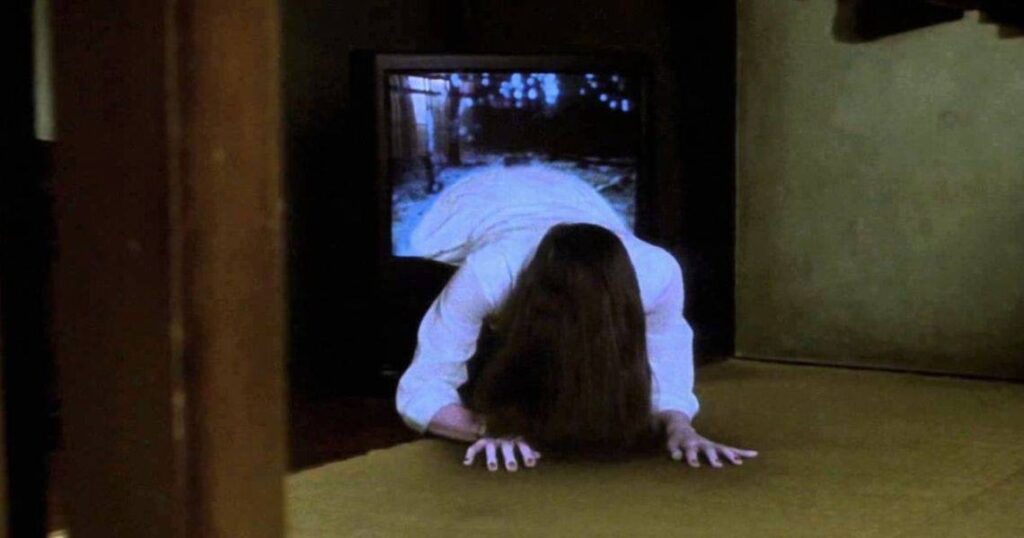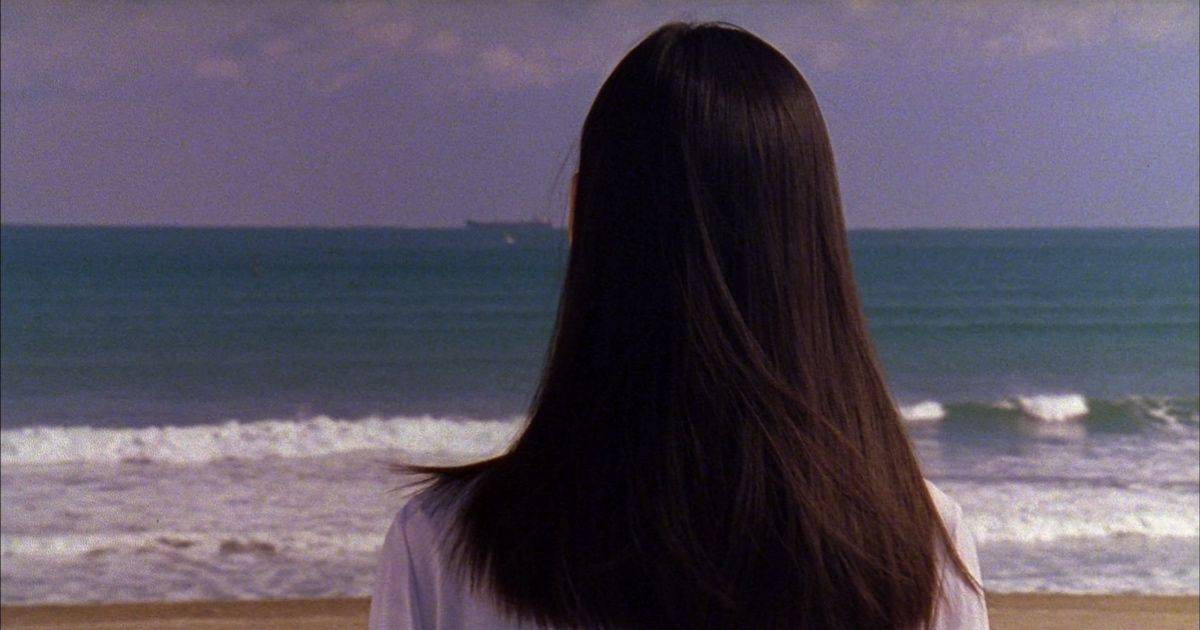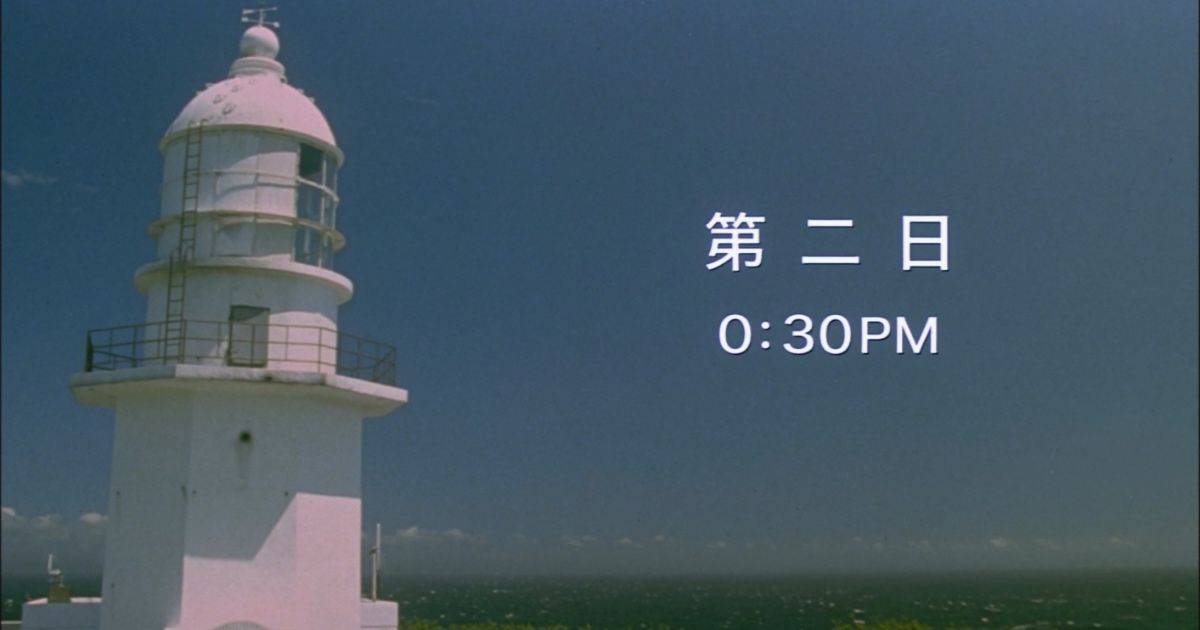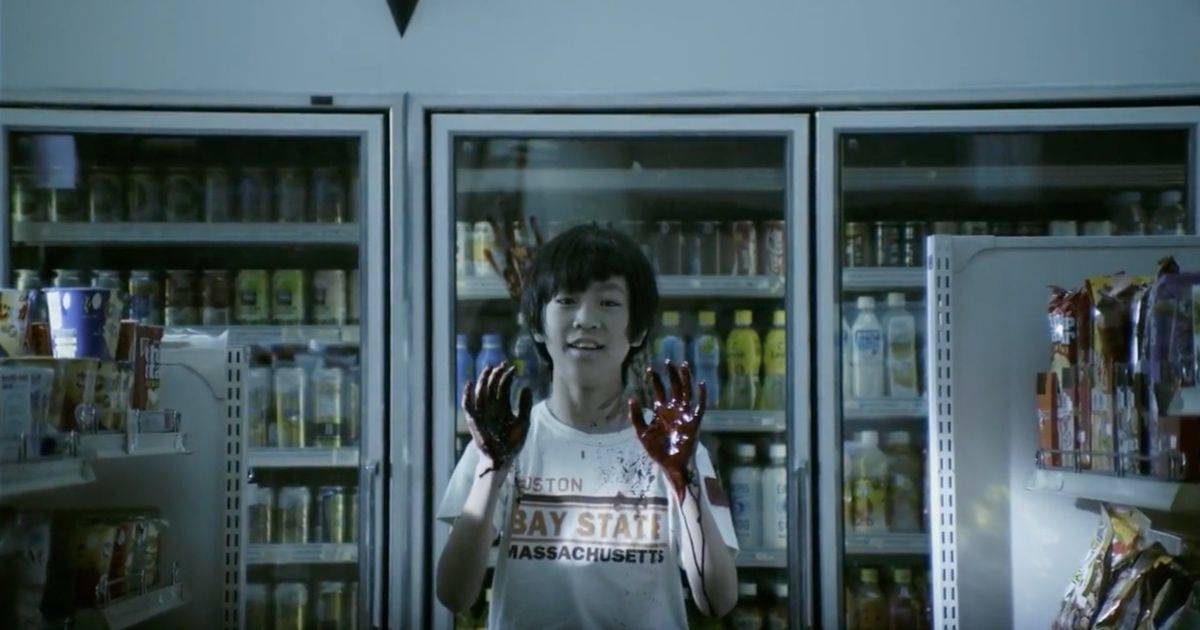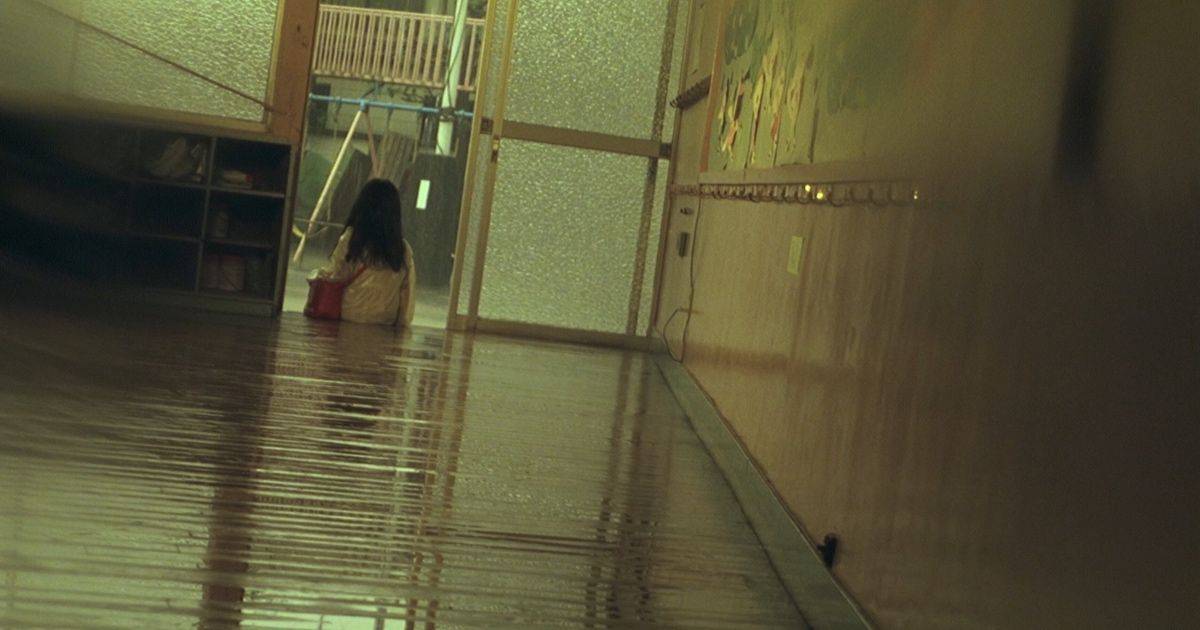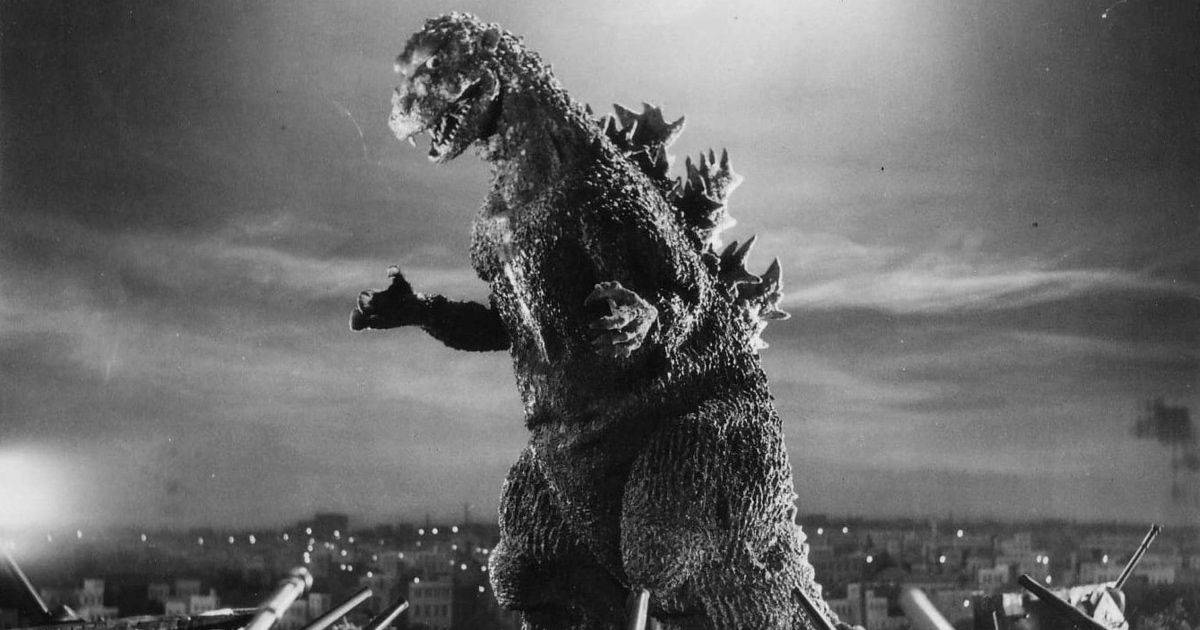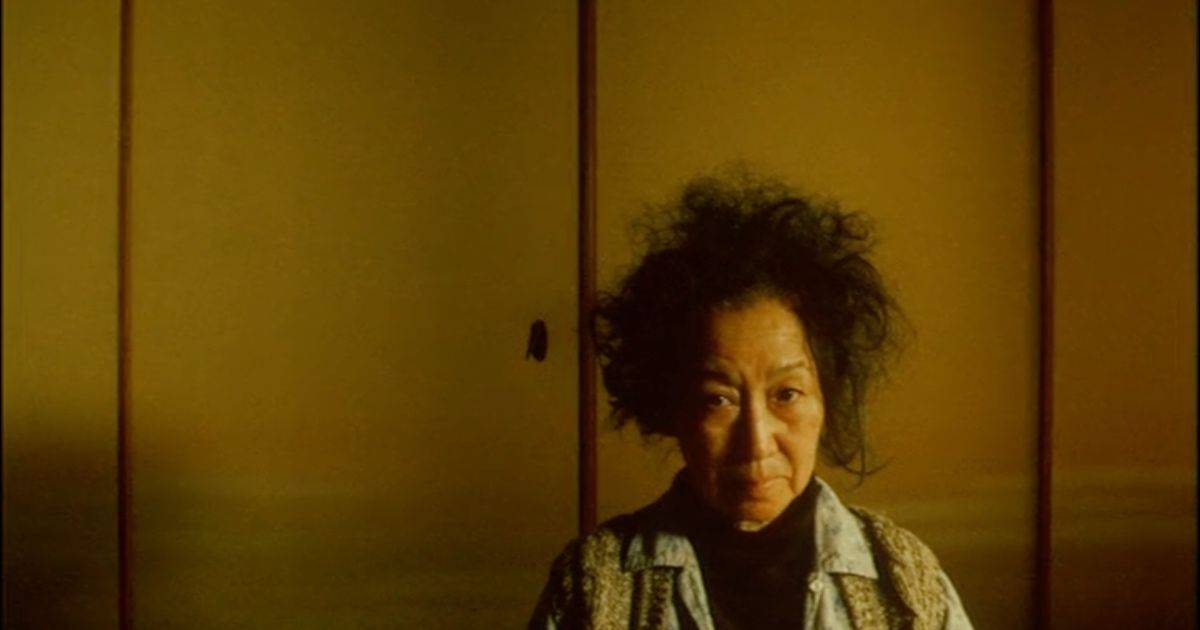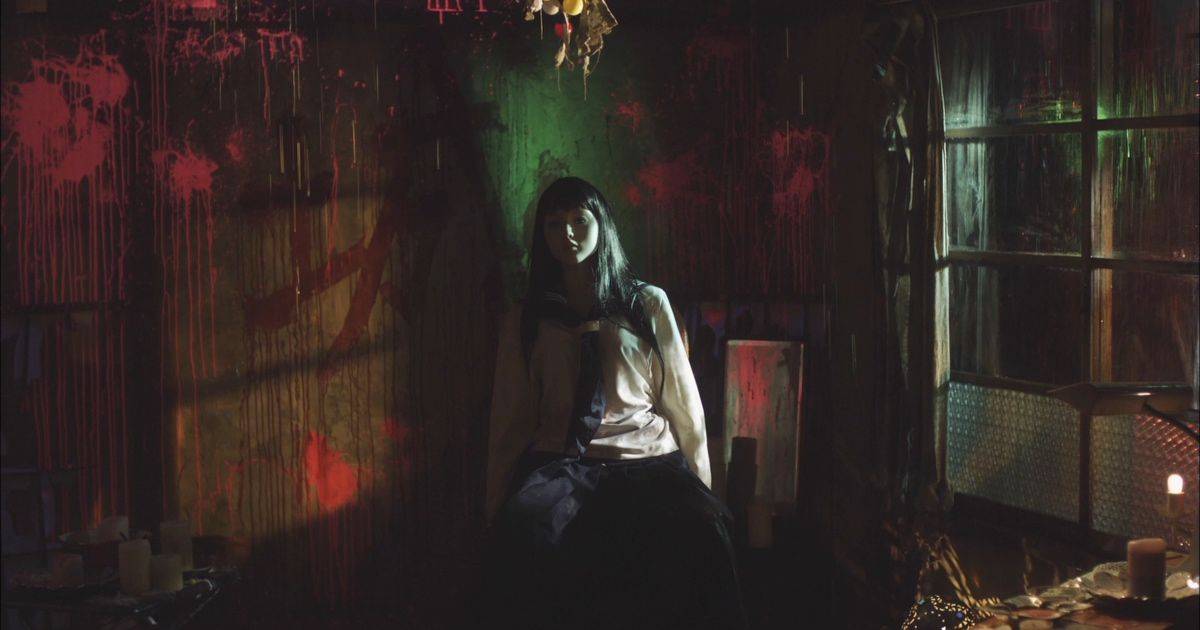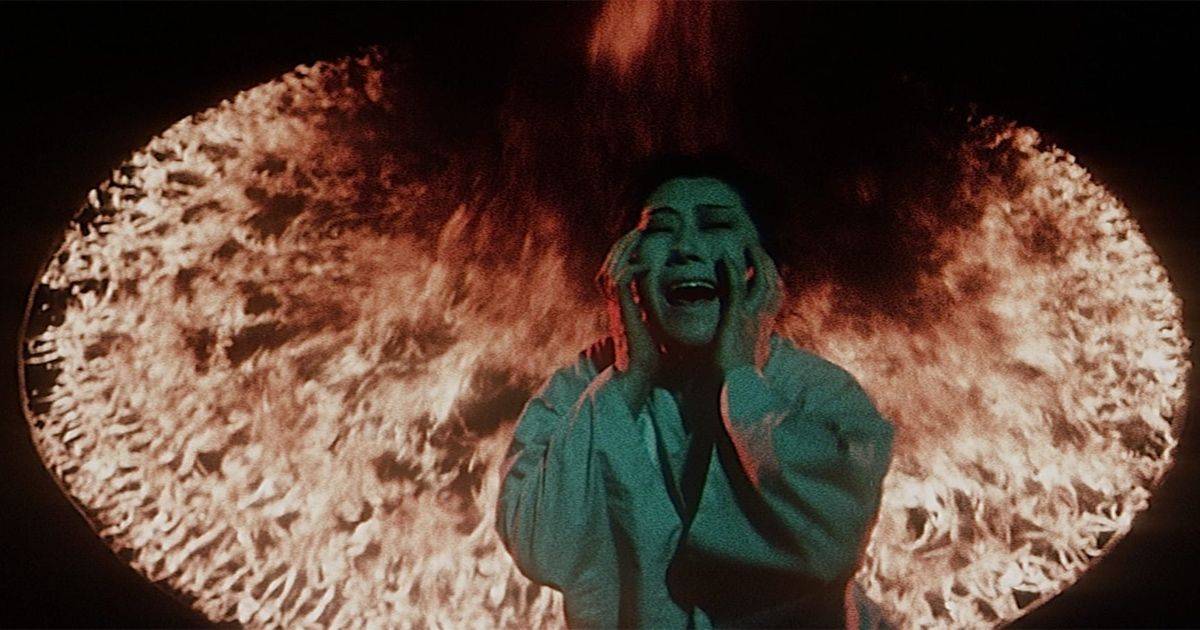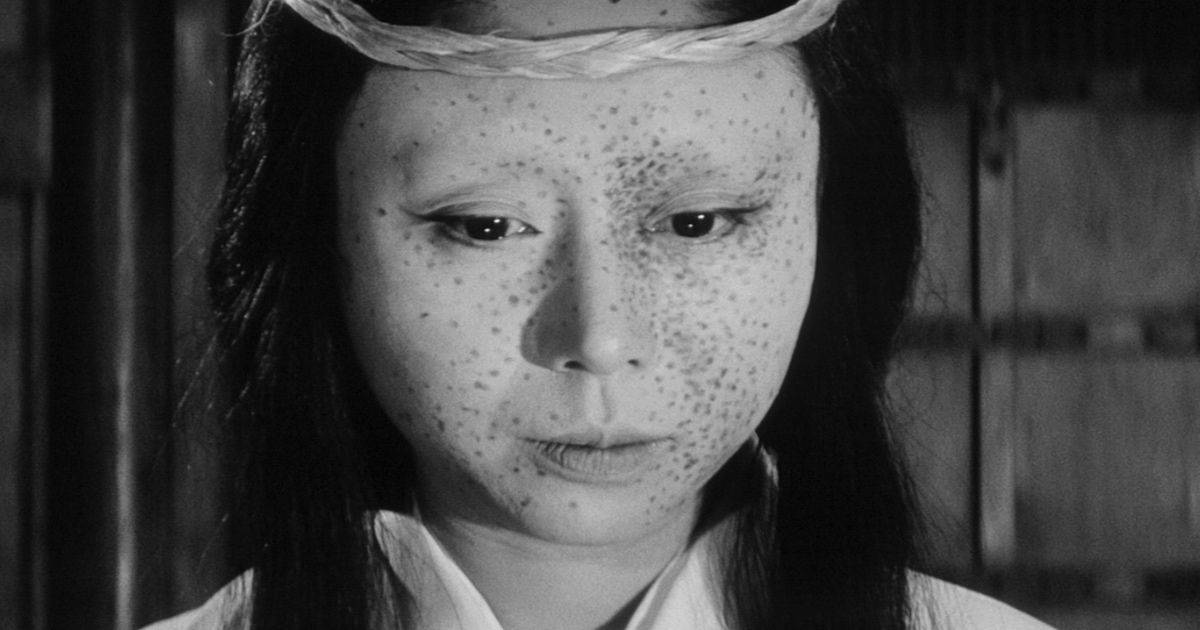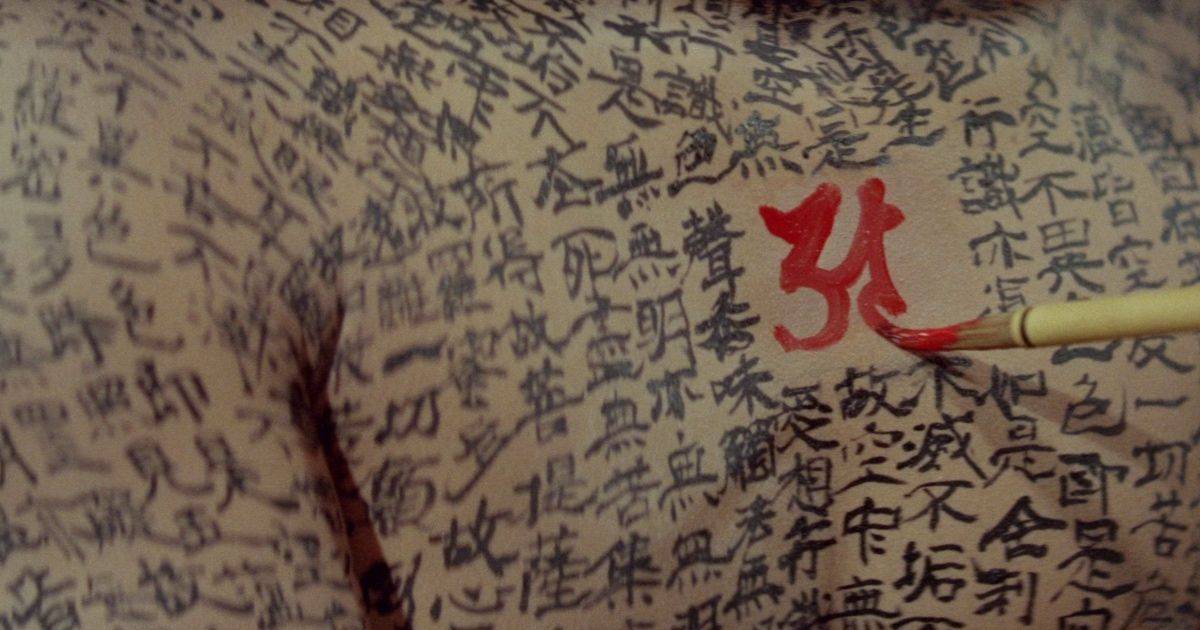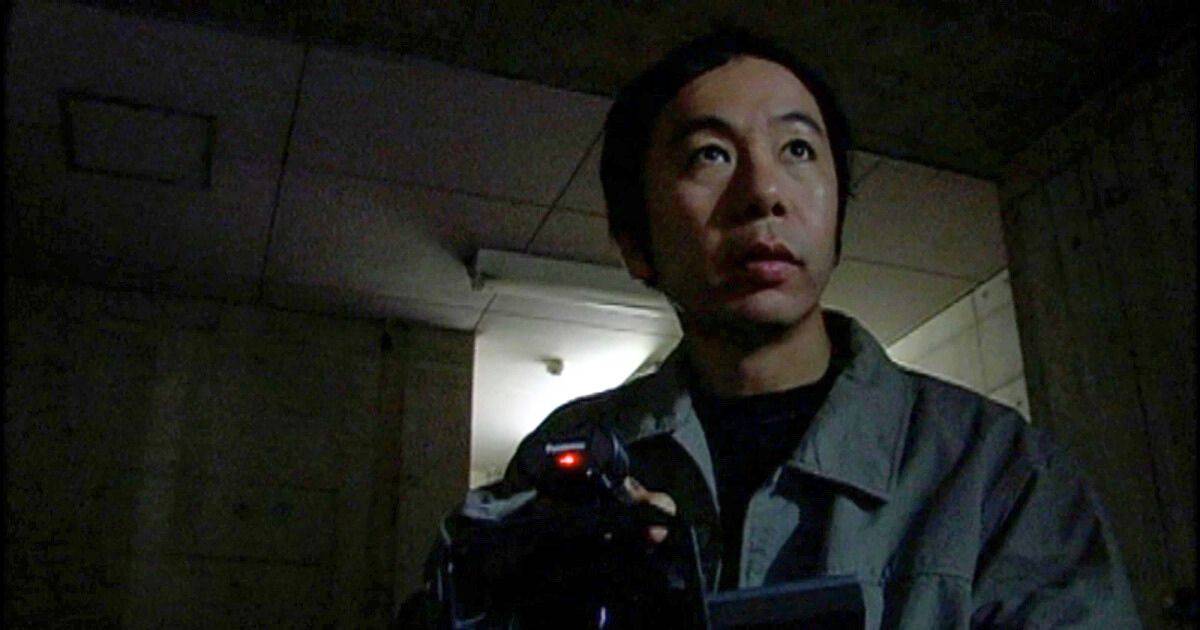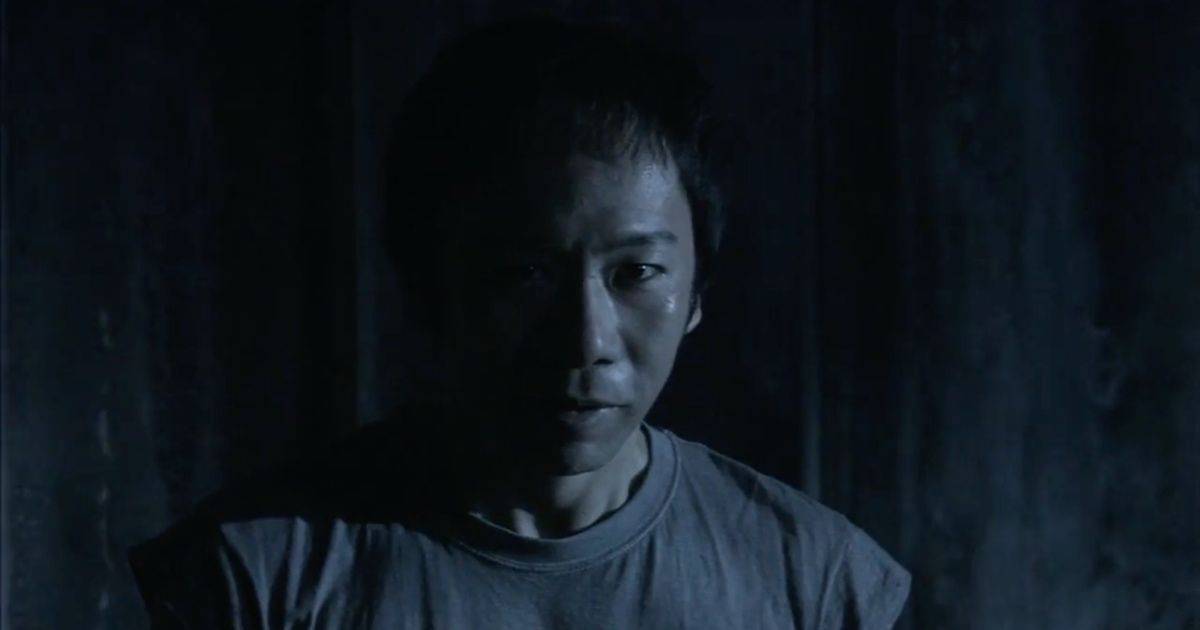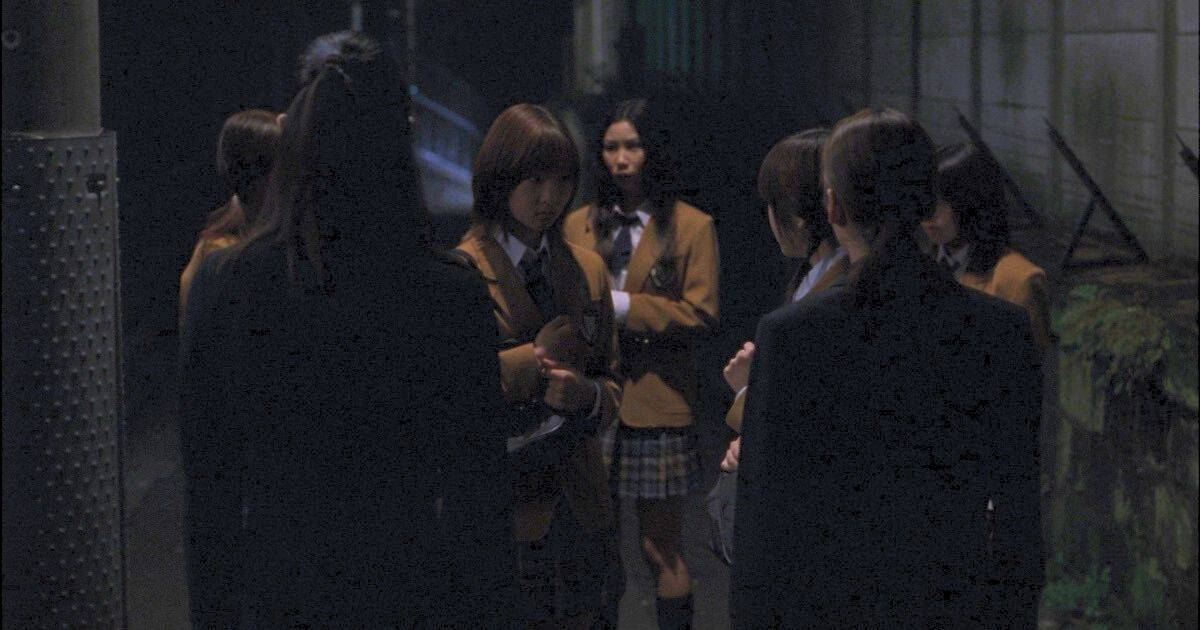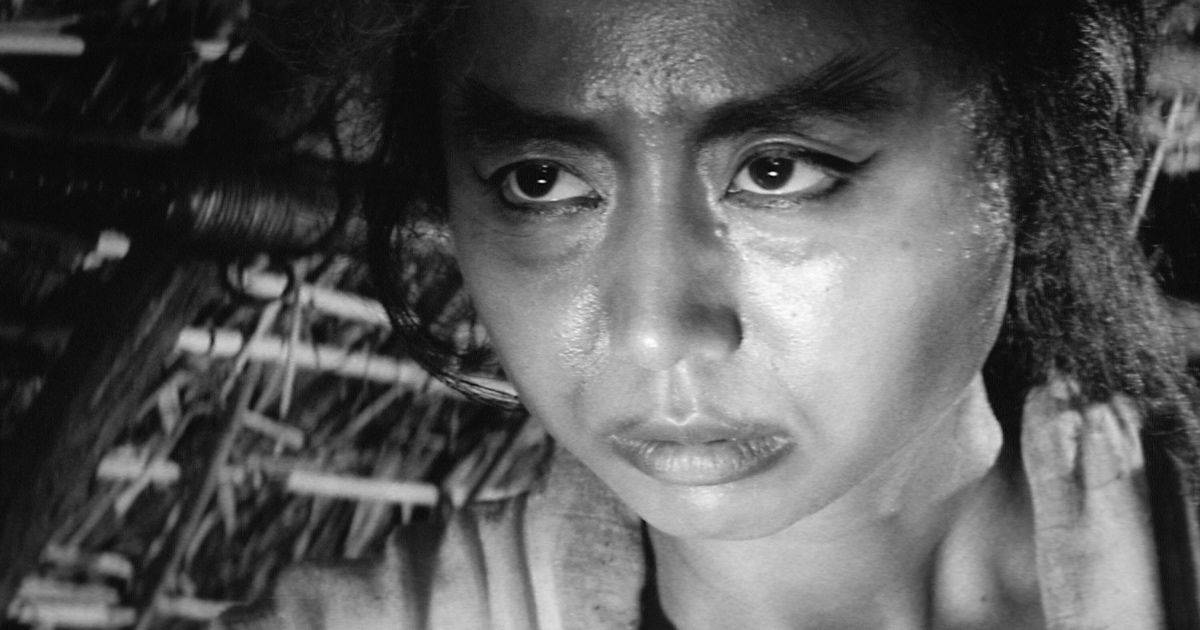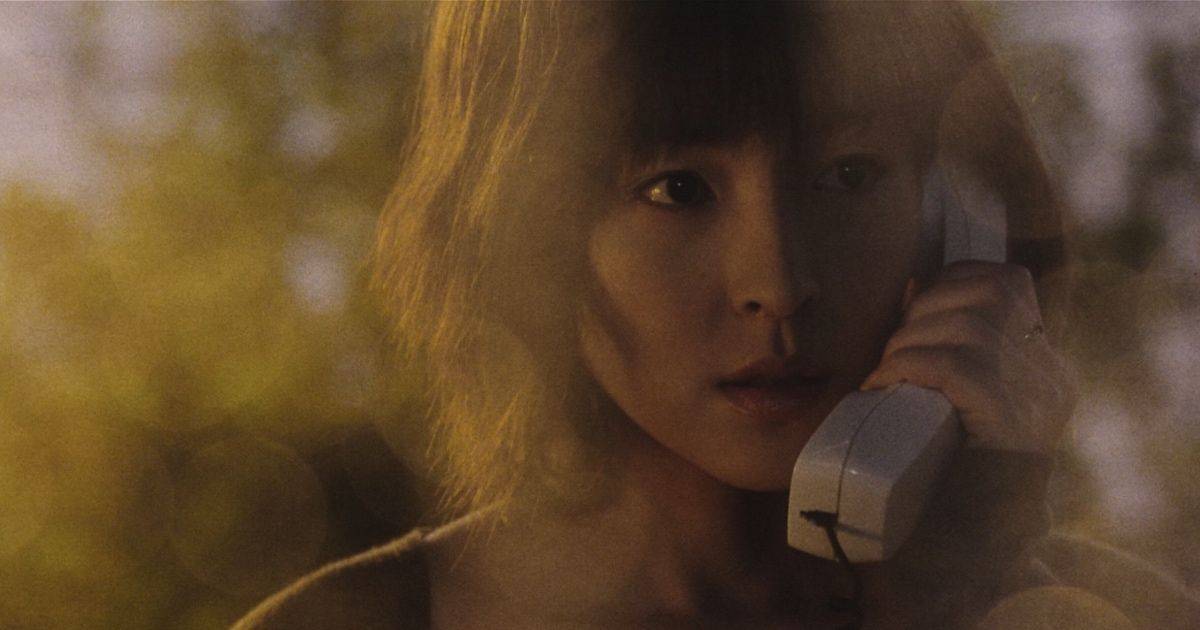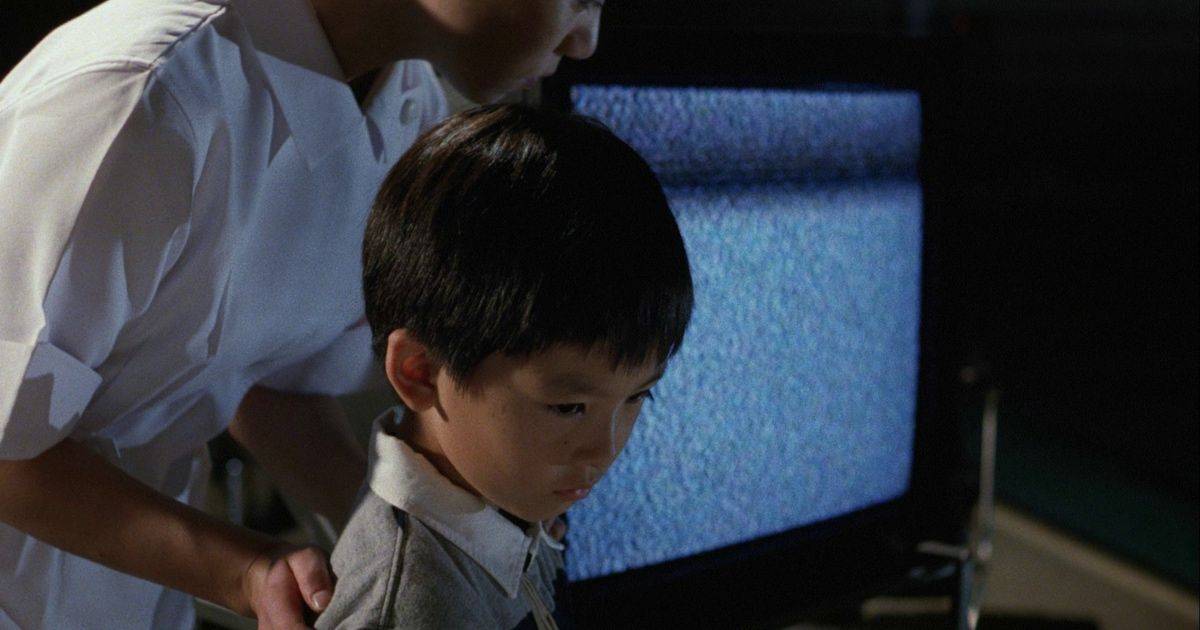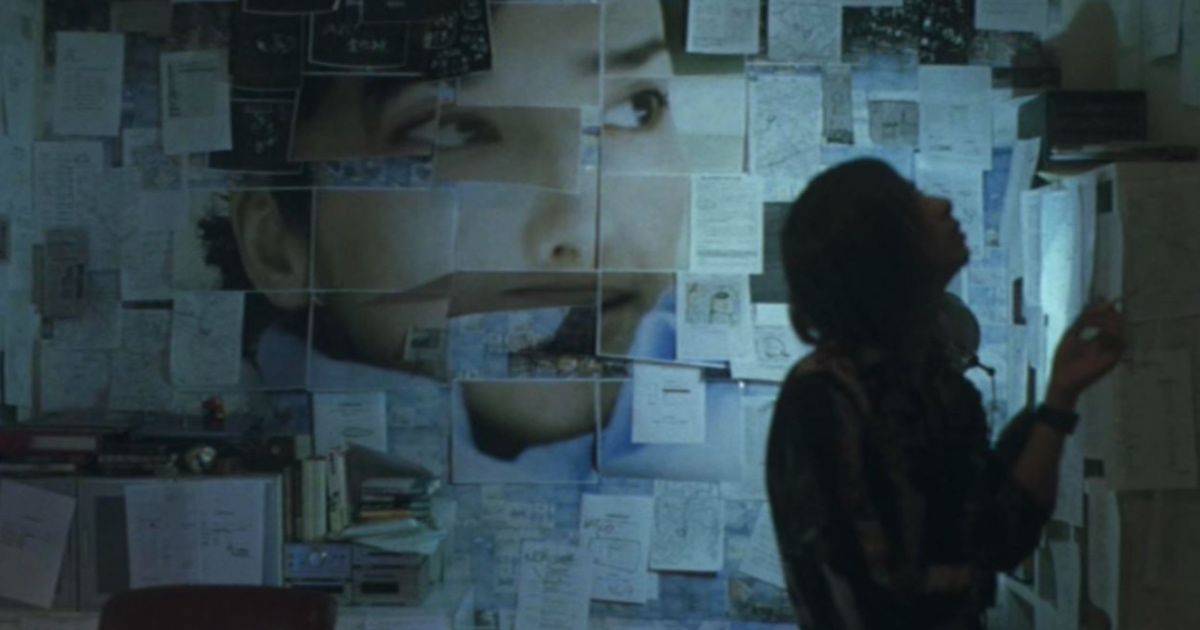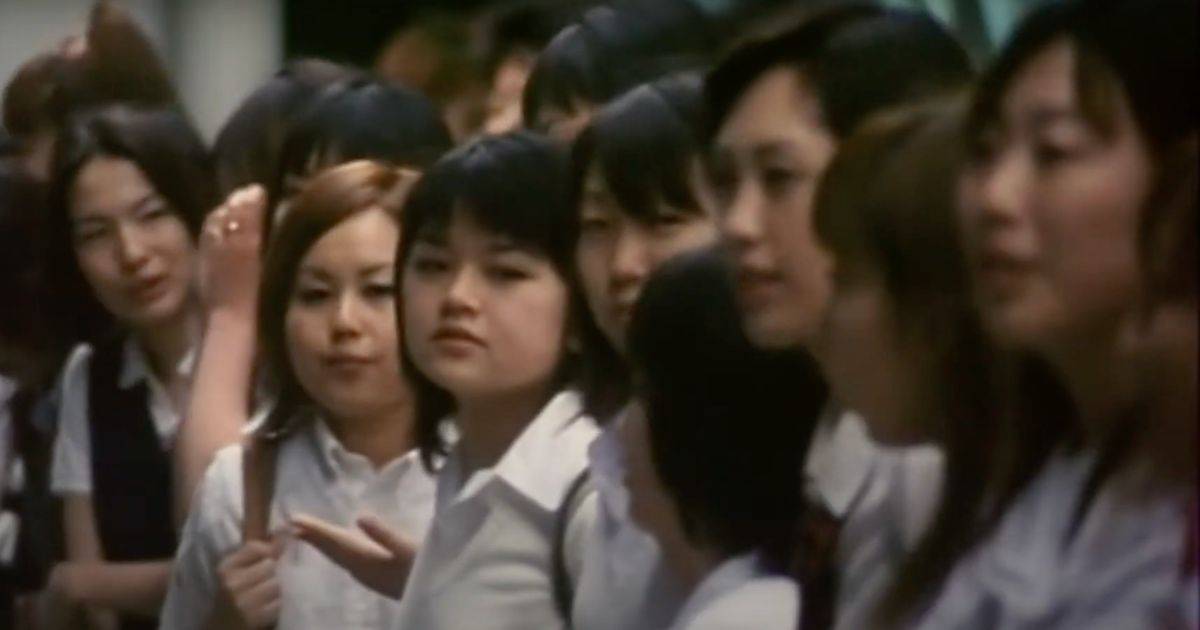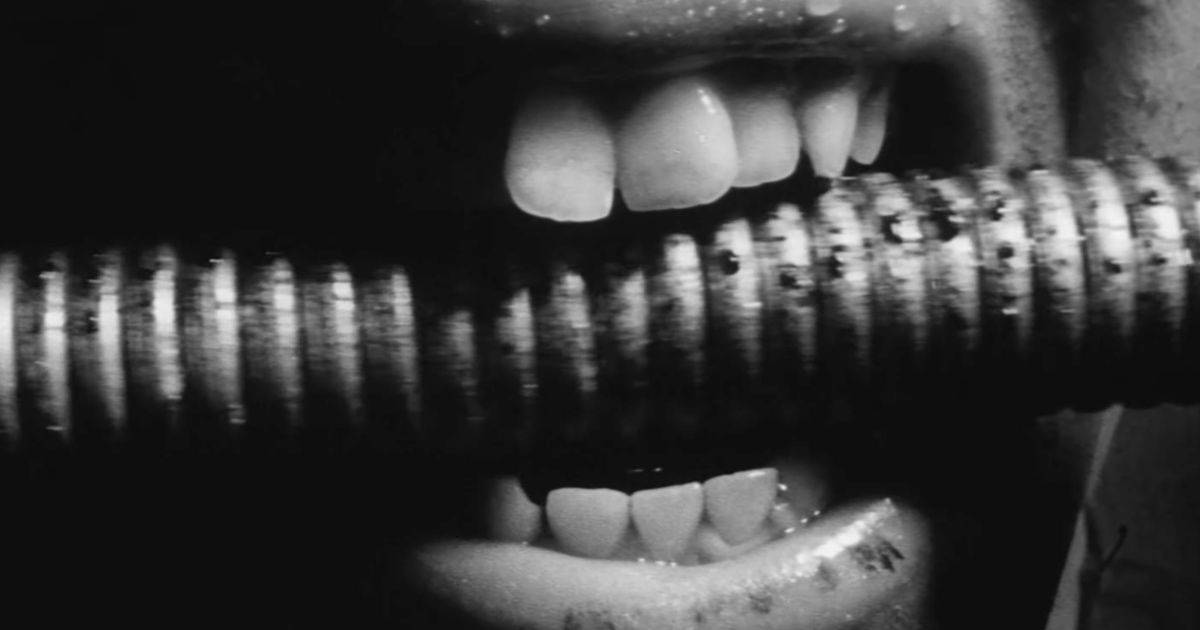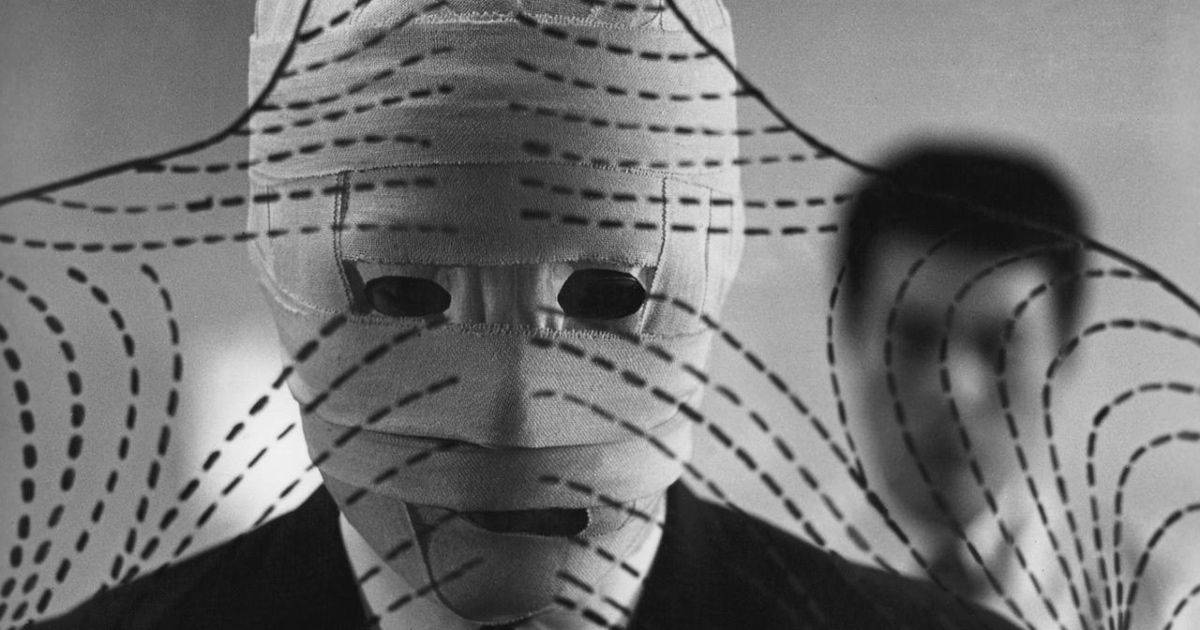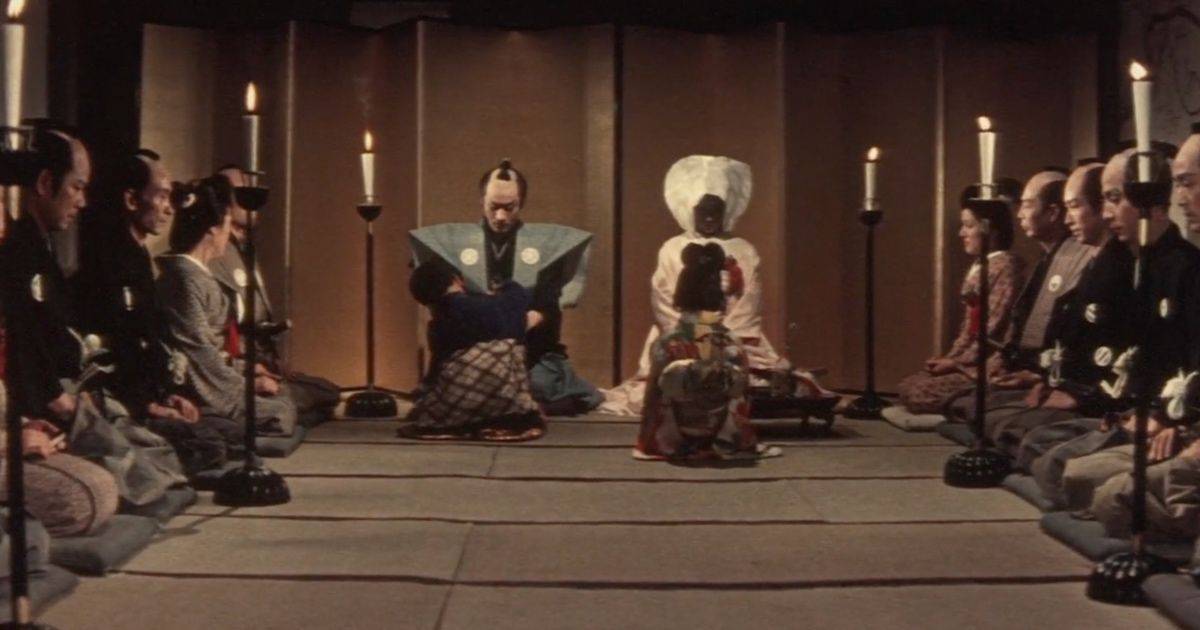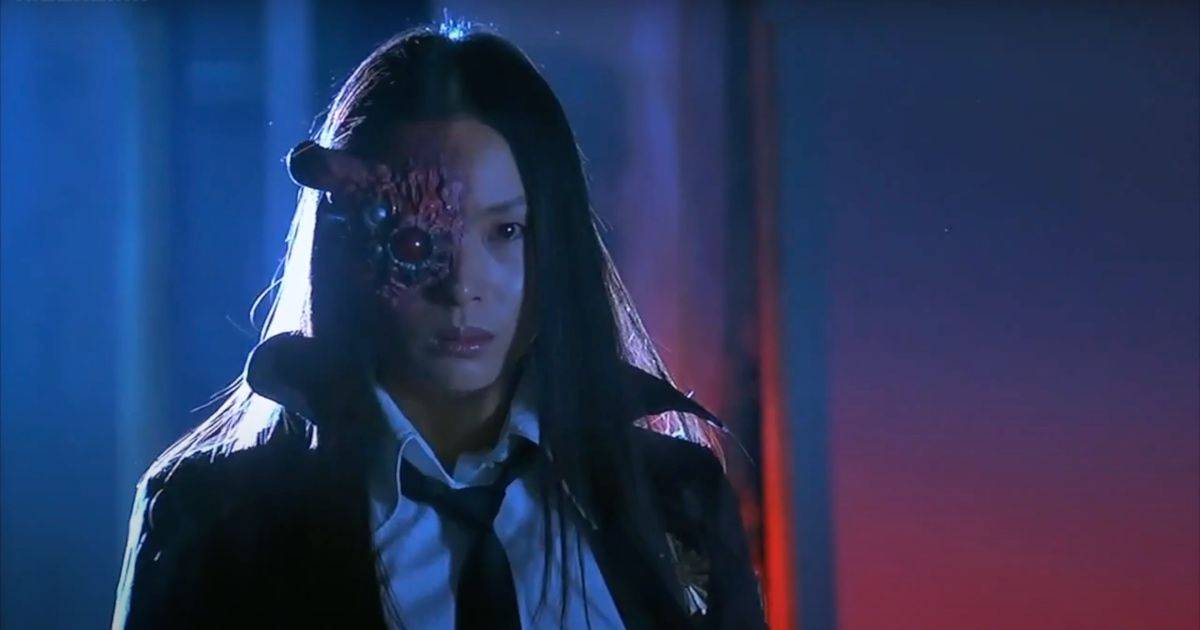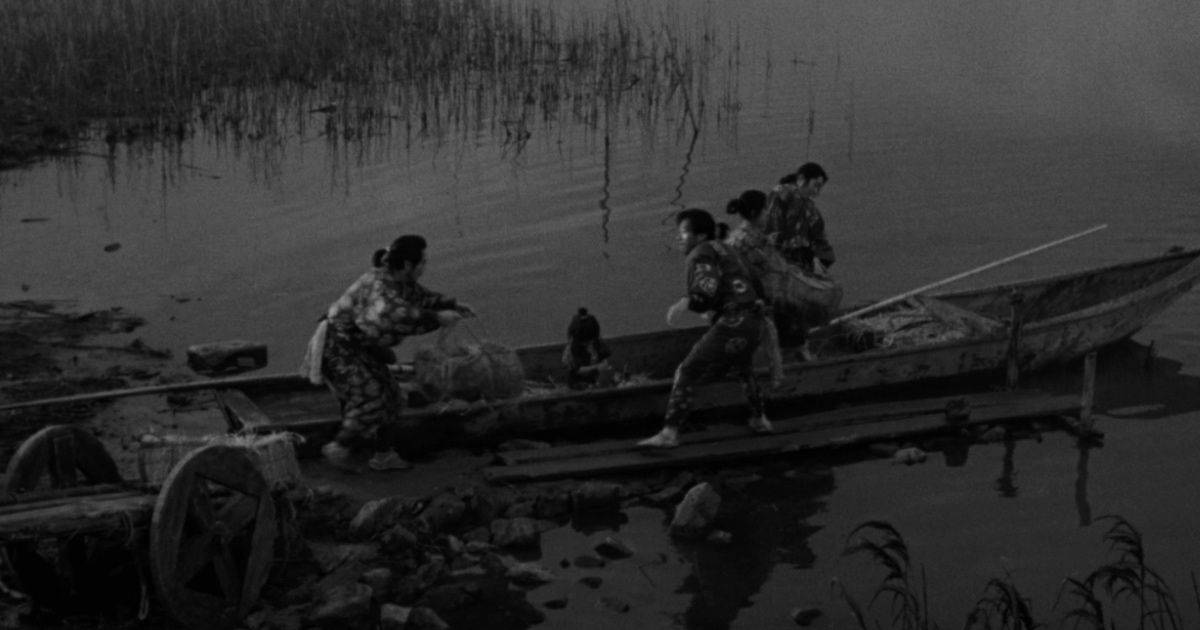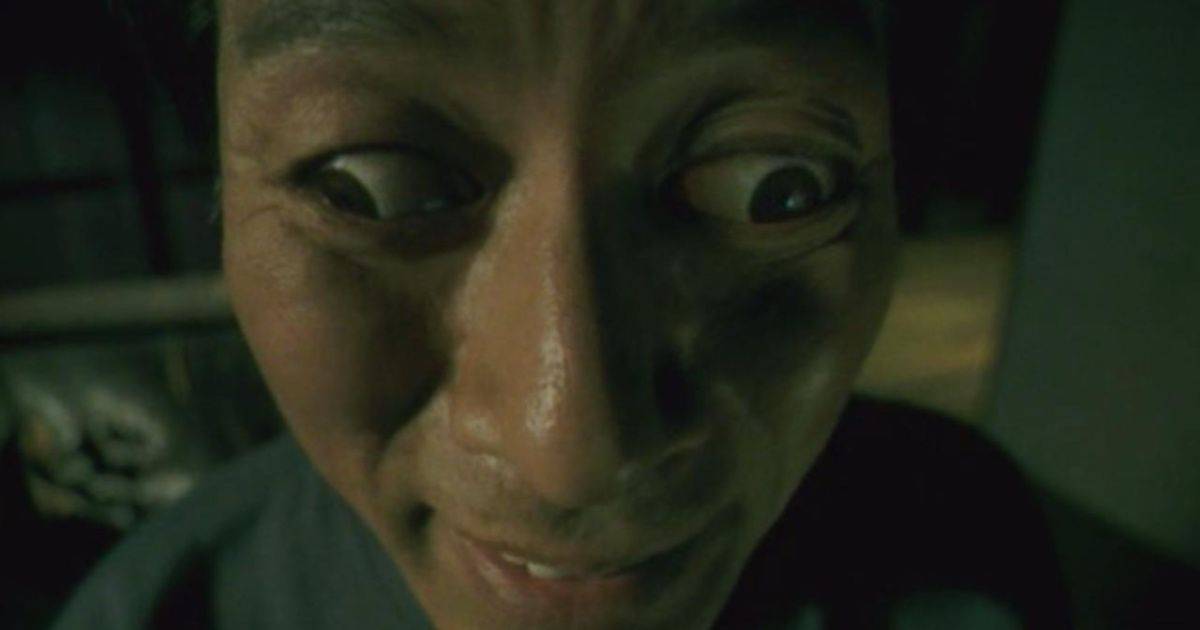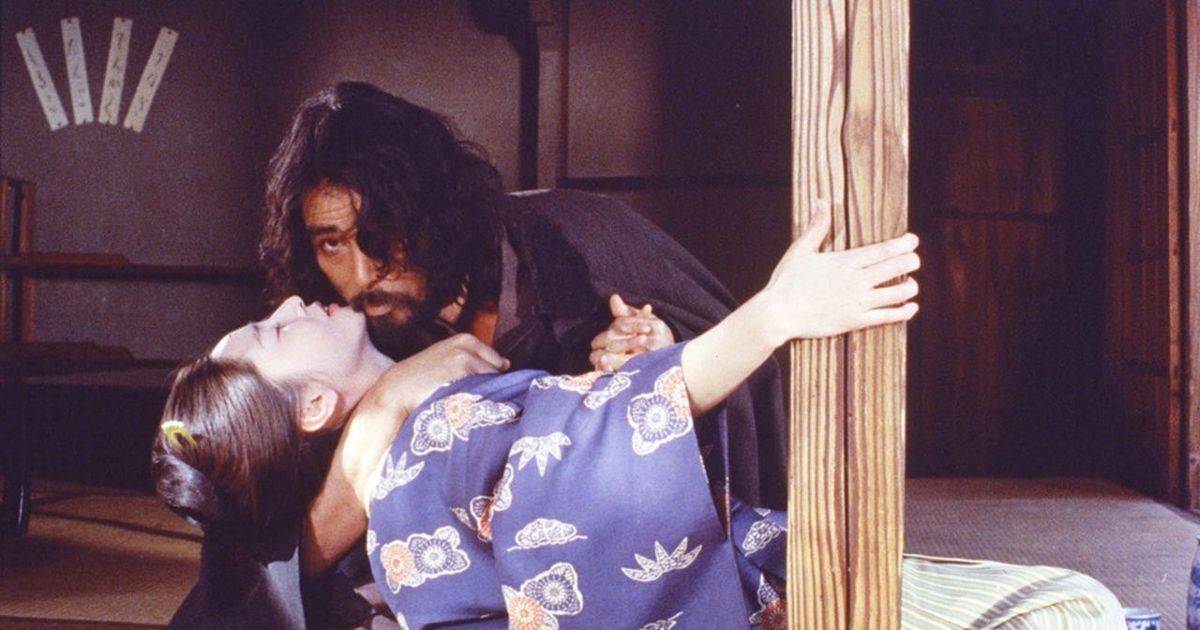The evolution of the seventh art has been greatly influenced by and benefited from Japanese film. Similar influences may be seen in numerous horror films that originated on the island, both nationally and internationally. Certain films have become a staple and are recognised as classic Japanese horrors, from traditional ghost stories that draw inspiration from local folklore to overt body horrors.
This ranking takes into account 30 films that have endured and represent Japanese horror internationally. This list, which includes incomparable masterpieces like Ugetsu and Kwaidan and experimental movies like Marebito and Zigeunerweisen, is ideal for a deep dive or a pleasant memory refresher. Naturally, the list also takes into account the J-Horror craze.
Audition
The Takashi Miike-directed film Audition, which is based on Ry Murakami’s eponymous novel, is one of those experiences that you will never forget. A widower eager to remarry, Shigeharu Aoyama (Ryo Ishibashi) meets Asami Yamazaki (Eihi Shiina) through a phoney audition set up by one of his acquaintances. Yet, nothing is as it seems.
The film Audition is arguably Miike’s finest work. The slow-burning narrative and the Japanese director’s exceptional aesthetic skills are what give the film its impact. Both poetic and violent, audition.
Battle Royale
The father-son team of director Kinji Fukasaku and writer Kenta Fukasaku created the film Battle Royale. It is based on Koushun Takami’s eponymous novel from 1999. One student can survive the yearly Battle Royale competition, which pits a bunch of students against one another on an island in a dystopian Japanese society.
Without a question, Battle Royale is a masterpiece. Not just a masterpiece of the horror genre, but of all of cinema. The film is simply perfect in all regards, with stunning photography, beautiful directing, and an amazing narrative.
Confessions
Tetsuya Nakashima’s Confessions is a fantastic horror film with a lot of suspense aspects. The 2008 novel Kokuhaku by Kanae Minato served as the basis for the film. Manami (Mana Ashida), the child of Yuko Moriguchi (Takako Matsu), was murdered by two of her students. For its remarkable 25-minute opening monologue, Confessions is renowned.
Confessions excels because of Nakashima’s accomplished screenplay skills and assured directing. The plot is intricate and expertly arranged, and the appropriate soundtrack just serves to enhance it. Beautiful cinematography is used.
Cure
The character of Kenichi Takabe, a police detective who is looking into unusual murders in which the victims are marked with a “x,” as well as the peculiarity that each murder is committed and confessed to by a different person, is played by Koji Yakusho in the film Cure, which was written and directed by Kiyoshi Kurosawa. Tsuyoshi Ujiki, Masato Hagiwara, and Anna Nakagawa are also featured in the cast of Cure.
One of the best-looking films ever made is called Cure. Kurosawa is in his best condition ever, and every shot is executed as it should be. At the same time, the script for the film is flawless. A must.
Dark Water
Dark Water, co-written by Yoshihiro Nakamura and Kenichi Suzuki, was directed by Hideo Nakata and is based on Koji Suzuki’s anthology of short stories of the same name. Yoshimi Matsubara (Hitomi Kuroki) moves in with her daughter Ikuko while going through a divorce and leases a run-down flat (Rio Kanno). A water leak from the top floor starts to show up shortly.
Thanks to Junichiro Hayashi’s expressive cinematography and the brilliant screenplay, which emphasises the theme of motherhood and fear, Dark Water leaves a lasting impression on its audience.
Gemini
Unquestionably, one of the greatest filmmakers of all time is Shinya Tsukamoto. The outcome is ideal when Gemini imagines him in the capacities of director, screenplay, editor, and cinematographer. Masahiro Motoki plays Yukio Daitokuji, a physician in 1910 Tokyo, in the film. His life begins to fall apart when he successfully takes over his father’s workshop and marries Rin (Ryo).
One of Tsukamoto’s most atmospheric films is Gemini, which uses strong images to evoke a frightening and unsettling atmosphere. The photography rounds out the effect with its icy blue tones.
Gojira
Gojira is unquestionably one of the best creature designs ever and must be included when discussing traditional Japanese frights. Ishir Honda co-wrote and directed this film, which also stars Takashi Shimura, Momoko Kchi, Akihiko Hirata, and Akira Takarada. The movie Gojira relates the tale of the enormous dinosaur and the Japanese government’s attempt to exterminate it.
In addition to its extraordinary visual effects for the time, Gojira has a compelling and politically critical storyline that gives it more punch than the typical monster movie. Also, Honda’s imaginative portrayal of the creature is amazing.
Gozu
Takashi Miike directed and Sakichi Sato wrote the screenplay for Gozu. The narrative centres on Minami (Hideki Sone), a member of the yakuza who receives a mandate to assassinate Ozaki, one of his associates (Show Aikawa). In truth, Ozaki’s mental instability is worsening, endangering the organisation. Gozu is a very imaginative blend of gangster sensibilities and fantastical thinking.
Gozu is the ideal embodiment of Miike’s cinematic vision: unfathomably innovative, provocative, and brutal. The film also stands out for its incredible cinematography and unmatched acting. Beware, viewers.
Guilty of Romance
Sion Sono is the author and director of the film Guilty of Romance, which was based on a real-life murder that took place in Tokyo in 1997. The police launch an investigation after learning of a gruesome death of a woman in a love motel neighbourhood. The deadly narrative of the film is intertwined with Izumi’s (Megumi Kagurazaka), a housewife and romance author, story.
Guilty of Romance grabs your attention right away with its stunning neon-lit cinematography and hypnotises you with its compelling plot.
Hausu
The incredibly vibrant comedy-horror film Hausu, which was written and directed by Nobuhiko Obayashi, follows a schoolgirl named Gorgeous (Kimiko Ikegami) as she and her pals make their way to the home of her aunt (Yko Minamida). The students will have supernatural occurrences there. Because of its subject matter, the 1977 film Hausu would make a great midnight viewing.
The superb cinematography of Yoshitaka Sakamoto is what makes Hausu stand out; the colours are vibrant and kaleidoscopic in their combinations. Obayashi is a competent and assured director at the same time.
Jigoku
Jigoku, the final film produced by Shintoho, was co-written and directed by Nobuo Nakagawa, and it has gained cult status for its vivid and gory imagery. A student named Shir Shimizu (Shigeru Amachi) is going to wed his girlfriend, Yukiko (Utako Mitsuya), the professor’s daughter. Shir’s pal once kills a yakuza member in a hit-and-run while driving him home.
Jigoku’s artwork has endured thanks to its vivid colour scheme and extravagant imagination. The film distinguishes itself for its nihilistic viewpoint at the same time.
Ju-On: The Grudge
After three prior releases in the form of a short film and two straight-to-video joints, Ju-On: The Grudge is the Japanese franchise’s first film to be released in theatres in 2002. Takashi Shimizu, a writer and director, is the brains behind this iconic Japanese horror film. Rika Nishina, a social worker who is sent to an unusual house, is the main character of the story, played by Megumi Okina.
Ju-On: The Grudge is made better by a slow-moving cadence that allows the narrative to develop methodically and impart its intended level of dread. atmospheric and eerie.
Kuroneko
This traditional Japanese horror film, which is set in feudal Japan, was created by Kaneto Shindo. Mother and daughter-in-law Yone (Nobuko Otowa) and Shige (Kiwako Taichi) are brutally treated and slain by a troop of samurai during a raid. The house, which is situated in a bamboo forest, is set on fire by the troops as they finish their heinous deed. Ghosts of the two victims will reappear.
Kuroneko is the ideal ghost story film, perfectly capturing the eerie and atmospheric quality of such works. The director and author Kaneto Shindo, who is completely at ease with this material, accomplishes beauty and fear unlike anybody else.
Kwaidan
Based on Lafcadio Hearn’s book Kwaidan: Tales and Studies of Weird Things, Kwaidan was written by Yoko Mizuki and directed by Masaki Kobayashi. There are four separate stories throughout the film, none of them are connected. Together with others, Kwaidan stars Michiyo Aratama, Rentar Mikuni, Takashi Shimura, and Haruko Sugimura.
Because to the exquisite set designs, the melancholy photography by Yoshio Miyajima, and the enormous directing of Kobayashi, a real master of film, Kwaidan is especially eye-pleasing. Although Kwaidan may not be frightening in the conventional sense, it does give magic.
Marebito
Marebito, a film co-written and directed by Takashi Shimizu, features Shinya Tsukamoto as Takuyoshi Masuoka, a freelance camera operator who, after becoming terrified, chooses to look into an urban legend centred around Tokyo’s subway system. Marebito was a very low-budget film that was digitally shot in just eight days.
Marebito succeeds because of its compelling atmosphere, which is reminiscent of a Lovecraftian tale, and its dramatic writing, which features suspenseful passages and an important climax. The actors, especially Tsukamoto, elevates the film with their creative performances at the same time.
Nightmare Detective
Hitomi plays Lieutenant Keiko Kirishima in Shinya Tsukamoto’s film Nightmare Detective, which he also wrote, edited, shot, and directed. Lieutenant Kirishima is tasked with looking into a mysterious cluster of suicides in which the victims stabbed themselves while they were asleep. Masanobu Ando, Ryuhei Matsuda, and Tsukamoto himself all appear in the film. A second chapter of the series was published in 2008.
Despite being less overtly provocative than other films in his discography, like Tokyo Fist, Nightmare Detective has many characteristics of Tsukamoto’s recognisable style, including quick editing, a commitment to negative themes, and intense urban locations.
One Missed Call
One Missed Call has a negative reputation, mostly because of its weak American adaptation. The film does, however, have many great elements, including a suspenseful and exciting narrative and stunning photography. This underappreciated Japanese horror film stars psychology student Yumi Nakamura (Ko Shibasaki) as she answers a weird phone from her friend Yoko. It was written by Minako Daira and directed by Takashi Miike.
One Missed Call is a gift from Miike, one of the most prolific and inventive filmmakers in the history of cinema. His use of lighting, set design, and visual impact is flawless.
Onibaba
Onibaba, a film written and directed by Kaneto Shindo, stars Jitsuko Yoshimura and Nobuko Otowa as a mother and daughter-in-law who slay samurai to survive. They actually take what the soldiers have and sell it again. The mother of the soldier disagrees with the daughter-in-decision law’s to date a neighbour after her husband passes away in battle.
Onibaba is distinguished by Kiyomi Kuroda’s stunning cinematography, which is dramatic and atmospheric enough to support the plot’s gradual development. The frames each showcase Shindo’s directing skills while also being superior to the others.
Pulse
Kiyoshi Kurosawa wrote and directed the film Pulse, which centres on Ryosuke Kawashima (Haruhiko Kato), a student of economics, and Michi Kudo (Kumiko As), a lady who works in a plant shop. The plot of the film centres on a sinister internet mystery. The 2006 remake of Pulse, which over time has become into a cult favourite.
The screenplay for Pulse is a thrilling and compelling techno-thriller with a horror undertone. The film is also endowed with Kurosawa’s extraordinary visual sensibility; no shot could have been imagined otherwise. a well-known treasure among J-Horror devotees.
Ringu
Hideo Nakata directed and Hiroshi Takahashi wrote the screenplay for Ringu. Based on Koji Suzuki’s 1991 novel of the same name, the film stars Nanako Matsushima as journalist Reiko Asakawa, who begins looking into her niece’s death. Ringu was a financial success, and additional films built on its artistic brilliance.
The screenplay of Ringu, which masterfully combines mystical aspects with a look at the effects of technology, is slow-moving and dramatic. Ringu is simultaneously immensely terrifying because to Nakata’s flawless directing.
Strange Circus
Masumi Miyazaki plays Taeko, a novelist who is penning a terrible tale about a family and its strange father, in Sion Sono’s written and directed film Odd Circus. Yûji Tamiya (Issei Ishida), who is attempting to solve the enigma underlying the writer’s work, offers assistance. The soundtrack was also written by the Japanese director.
One of the most frightening and thought-provoking films on the list, Odd Circus is also one of the most memorable due to its depth and complexity. a nightmare sexually.
Suicide Club
Suicide Club, which Sion Sono wrote and directed, has gained cult status over time. 54 schoolgirls commit themselves by jumping beneath an approaching train in Tokyo on May 27. This horrific and essentially unexplainable incident leads to more, similar incidents and compels the police to look into these unexplained fatalities. Ryo Ishibashi, Akaji Maro, and Masatoshi Nagase are all featured in Suicide Club.
Suicide Club employs traditional horror images while also blending elements of black comedy and social satire. The film also stands out for its excellent screenplay, which heightens the suspense of the narrative.
Tetsuo: The Iron Man
Tetsuo: Shinya Tsukamoto, who directed, wrote, produced, co-photographed, co-edited, and co-starred in this renowned body horror, was nearly solely responsible for creating The Iron Man. In the film, a businessman (Tomorowo Taguchi) who killed a meta fetishist is afflicted by an unidentified curse (Tsukamoto). Tsukamoto became well-known all over the world thanks to the film’s distinctive aesthetic and topics.
Tetsuo: The Iron Man’s outstanding black-and-white cinematography, which is distinguished by high contrast and expressionist shooting angles, immediately grabs the audience’s attention. Its surrealism and nightmare overtones add to its attractiveness at the same time.
The Face of Another
The Face of Another was written by Kb Abe, who also penned the eponymous book on which the film is based. Hiroshi Teshigahara helmed the production. The protagonist of the film is an engineer with the last name of Okuyama, whose face was scarred as a result of an explosion that occurred while he was at work. He decides to get a prosthetic mask because he is becoming uncomfortable with his scars.
Teshigahara’s examination of the identity theme in The Face of Another combines psychological horror elements. The film’s form, notably the beautiful and colourful cinematography, wonderfully complements its content.
The Ghost of Yotsuya
Nobuo Nakagawa, one of the numerous Japanese horror masters, directed The Ghost of Yotsuya. Iemon Tamiya, a cold-blooded samurai who designs a scheme with a common criminal named Shuntar Emi, is played by Shigeru Amachi in the film (Naosuke). They will pay for their actions. Based on Nanboku Tsuruya’s drama Yotsuya Kaidan, The Ghost of Yotsuya.
It’s awesome to read The Ghost of Yotsuya. The film has outstanding, vibrant, and colourful cinematography by Tadashi Nishimoto. Also, this thriller features stunning special effects and chic gore scenes.
The Living Skeleton
The Living Skeleton, which was created by Kikuma Shimoiizaka and Kyz Kobayashi and was directed by Hiroshi Matsuno, is regarded as one of the best works in the tokusatsu genre. The intensive use of practical special effects in this style is its defining feature. The iconic tokusatsu, Gojira, can be found farther down the list. A ghostly town and a woman named Saeko (Kikko Matsuoka) are the central themes of this film.
Masayuki Kat’s cinematography for The Living Skeleton is among the best ever seen in a black-and-white horror film. Its success also stems from its capacity to create an overarching ominous atmosphere.
Tokyo Gore Police
In a unique and fascinating way, Tokyo Gore Police depicts the colourful and extravagant side of Japanese horror film culture. Yoshihiro Nishimura co-wrote, co-directed, and co-edited the film, which stars Eihi Shiina as Ruka, an enforcer in a privatised police force who is looking for her father’s murders. Tokyo in the bleak and future setting of the film.
A excellent example of body horror is Tokyo Gore Police, which features themes like the mutation of the body and its political ramifications in its screenplay. The film’s special effects are very well-made and efficient.
Ugetsu
One of the greatest filmmakers of all time, Kenji Mizoguchi, created the exquisite ghost narrative Ugetsu. The film, which is set in the Azuchi-Momoyama era, stars Masayuki Mori as the potter Genjr, who abandons his family in order to market his goods and make money. During one of his business trips, he encounters a spirit. Yoshikata Yoda and Matsutar Kawaguchi collaborated on the writing of Ugetsu.
There is only one word that adequately describes Ugetsu: masterpiece. Intricate attention to detail and unrestricted imagination were used in the film’s shooting and editing, fully showing Mizoguchi’s unrivalled taste in cinema. It is impossible not to recommend Ugetsu.
Uzumaki
Uzumaki is based on the same-named manga by Junji Ito, and it was written by Takao Niita and directed by Higuchinsky in his feature film debut. Eriko Hatsune’s character Kirie Goshima lives in a tiny hamlet where certain people start to become obsessed with spirals. Hinako Saeki, Denden, and Ren Osugi are also featured in the film.
The slow-moving rhythm and dreamlike atmosphere of Uzumaki accentuate the weird and unsettling aspect of the story. The witty script holds the audience rapt in their seats, and Higuchinsky’s astute directing expertly catches the imagery. For lovers of J-Horror, essential.
Zigeunerweisen
Yz Tanaka, who adapted the screenplay from Hyakken Uchida’s novel Disk of Sarasate, wrote Zigeunerweisen, which was directed by cult favourite Seijun Suzuki. Yoshio Harada plays the nomad former professor Nakasago in the film, and Toshiya Fujita plays the German professor Aochi who meets Nakasago. They worked together. The film serves as the opening act of Suzuki’s Taish Roman Trilogy.
Zigeunerweisen is a dreamlike, languid film with nicely balanced psychological and terror elements. Suzuki, who virtually uses his camera like a paintbrush, also filmed the movie in an incredible manner.

